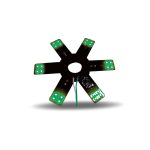LED Light Bulbs: Which One is the Best for Your Home?

LED light bulbs have revolutionized the lighting industry with their energy efficiency, longevity, and environmental friendliness. If you are looking to upgrade your home lighting system, it is worth considering LED bulbs as they can save you money in the long run, reduce your carbon footprint and provide better lighting quality. However, with so many types and brands of LED bulbs available on the market, it can be overwhelming to choose the perfect one that suits your needs and preferences. In this article, we will provide you with a comprehensive guide to help you choose the best LED light bulb for your home. Firstly, we will discuss the various types of LED bulbs, including their shapes, sizes, and color temperatures. We will also explain the difference between lumens and watts, as this can be a confusing factor when selecting the right bulb. Additionally, we will delve into the benefits of using LED bulbs in your home, such as their energy efficiency and durability, as well as some of the drawbacks to consider. By the end of this article, you will have a better understanding of the features and benefits of LED bulbs, enabling you to make an informed decision on which one to choose for your home.
What are LED Light Bulbs?
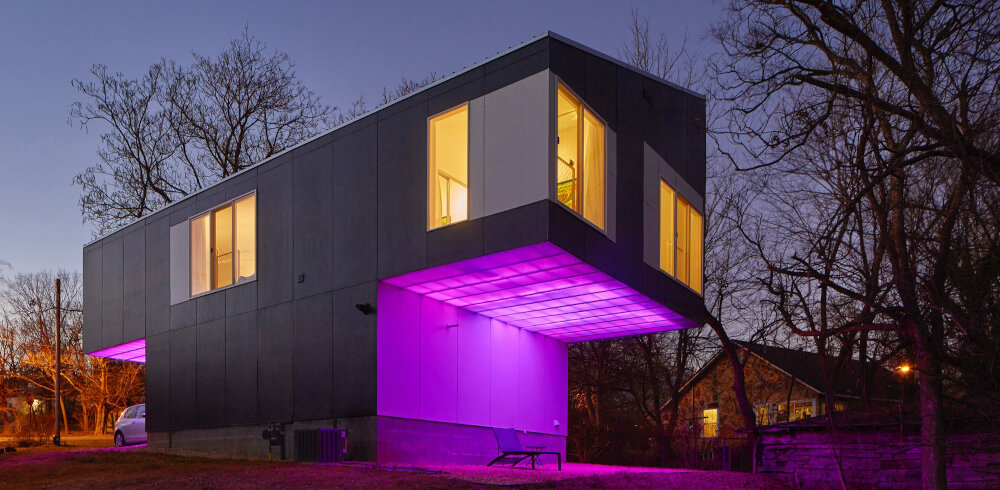
LED light bulbs are a type of lighting that uses Light Emitting Diodes (LEDs) to produce light. They are more energy-efficient, durable, and long-lasting than traditional incandescent bulbs. LED bulbs use up to 80% less energy than traditional bulbs, making them an excellent option for energy-conscious consumers. They also last up to 25 times longer than incandescent bulbs, reducing the need for frequent replacements. LED bulbs come in a variety of shapes, sizes, and colors, making them versatile for any lighting need. They are also compatible with dimmer switches, allowing for greater control over the lighting ambiance in your home. LED bulbs are a more sustainable and eco-friendly option than traditional bulbs, as they contain no harmful chemicals or materials. LED bulbs are available in a range of color temperatures, from warm white to cool white, and even daylight. They emit directional light, making them ideal for task lighting, such as reading or cooking. LED bulbs are also safer than traditional bulbs, as they do not emit heat, reducing the risk of fire or burns. They are also more resistant to shock and vibration, making them a better option for outdoor and industrial lighting. LED bulbs are also more cost-effective in the long run, as their energy efficiency and durability offset their higher initial cost. Overall, LED bulbs are a smart choice for anyone looking to reduce their energy consumption, save money, and enjoy better lighting quality in their home.
LED light bulbs are a popular type of energy-efficient lighting that has gained significant traction in recent years. These bulbs utilize light-emitting diodes (LEDs) to produce light, which is a semiconductor device that emits light when an electric current flows through it. LED bulbs are widely regarded as the most energy-efficient lighting technology available today, as they consume up to 90% less energy than traditional incandescent bulbs. Additionally, they have a longer lifespan, emit less heat, and are more durable. They are available in a variety of colors and can be dimmed or programmed for different lighting effects. Overall, LED light bulbs are a great choice for homeowners looking to save on energy costs and reduce their environmental impact while still enjoying high-quality lighting in their homes.
When it comes to choosing the best light bulb for your home, it’s important to understand the differences between LED, incandescent, and fluorescent bulbs. LED bulbs are the most energy-efficient and long-lasting option, using up to 80% less energy than incandescent bulbs and lasting up to 25 times longer. Incandescent bulbs are the traditional choice, but they are less efficient and have a shorter lifespan. Fluorescent bulbs are a more energy-efficient alternative to incandescent bulbs, but they contain small amounts of mercury and require special disposal. LED bulbs are also more versatile than the other options, with a wide range of sizes, shapes, and color temperatures available to suit any lighting need. Overall, LED bulbs are the best choice for energy efficiency, longevity, and versatility.
Benefits of LED Light Bulbs
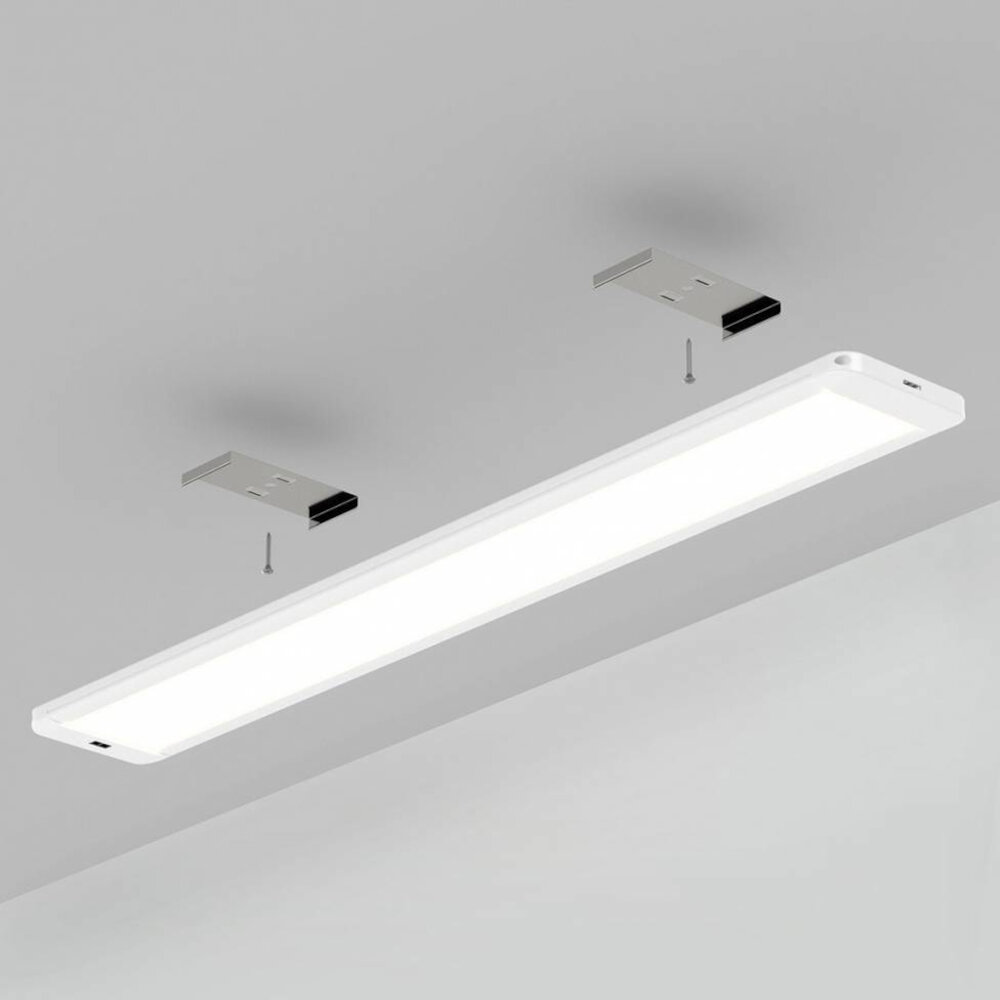
LED light bulbs have become increasingly popular in recent years due to their numerous benefits. One of the main advantages of LED bulbs is their energy efficiency. Compared to traditional incandescent bulbs, LED bulbs consume significantly less power, resulting in lower electricity bills. In fact, LED bulbs use up to 80% less energy than incandescent bulbs, making them a cost-effective choice for homeowners. Furthermore, LED bulbs have a longer lifespan than traditional bulbs, lasting up to 25 times longer. This means that homeowners can save money not only on energy bills but also on replacement costs. Additionally, LED bulbs are environmentally friendly because they contain no toxic materials and produce a significantly smaller carbon footprint. Another benefit of LED bulbs is their durability. Unlike traditional bulbs, LED bulbs are made with sturdy materials that can withstand more wear and tear. They are also resistant to shock and vibrations, making them ideal for outdoor use, such as in garden lighting or porch lights. LED bulbs are also available in a variety of colors and styles, allowing homeowners to choose the perfect lighting to suit their preferences and needs. Finally, LED bulbs emit less heat than traditional bulbs, reducing the risk of fire hazards and making them a safer choice for homes. Overall, the numerous benefits of LED bulbs make them an excellent choice for homeowners looking for energy-efficient, long-lasting, and environmentally friendly lighting options.
Energy efficiency is becoming increasingly important in households as we look for ways to reduce our carbon footprint and save money on utility bills. LED light bulbs are an excellent option for those looking to improve energy efficiency in their homes, as they consume less energy and last longer than traditional bulbs. In fact, LED light bulbs can use up to 80% less energy than incandescent bulbs, resulting in significant cost savings over time. Additionally, LED bulbs emit less heat, reducing the amount of energy needed to cool a room. Investing in LED light bulbs can not only improve the sustainability of your home, but also save you money in the long run.
One of the most significant advantages of LED light bulbs is their long lifespan. Unlike traditional incandescent bulbs, which typically last only a few thousand hours, LED bulbs can last for tens of thousands of hours before they need to be replaced. This means that you won’t have to worry about replacing bulbs nearly as often, which can save you both time and money in the long run. Additionally, LED bulbs are much more durable than their incandescent counterparts, as they are less likely to break or shatter if dropped or bumped. Overall, the long lifespan of LED bulbs is a major selling point for homeowners looking to make an investment in their lighting that will last for years to come.
Being environmentally friendly is a crucial aspect of modern living, as it helps to reduce the negative impact that human activities have on the natural world. LED light bulbs are an excellent choice for those who want to reduce their environmental footprint, as they are highly energy-efficient and long-lasting. Compared to traditional incandescent bulbs, LED bulbs use up to 80% less energy, which not only helps to reduce greenhouse gas emissions but also saves on electricity bills. Additionally, LED bulbs do not contain harmful materials like mercury, making them safer to use and dispose of. By choosing the best LED light bulbs for your home, you can make a positive impact on the environment while also enjoying the benefits of cost-effective and long-lasting lighting.
Durability and safety are two crucial factors to consider when choosing LED light bulbs for your home. LED bulbs are known for their long lifespan, and the durability of the bulb is directly related to the quality of the materials used in its construction. High-quality LED bulbs can last up to 25,000 hours, which translates to roughly 22 years of use based on an average of three hours of daily use. Additionally, it is important to choose LED bulbs that have been tested and certified for safety by reputable organizations such as Underwriters Laboratories (UL). This ensures that the bulbs meet strict safety standards and are safe to use in your home. By choosing LED bulbs that are both durable and safe, you can enjoy long-lasting, energy-efficient lighting with peace of mind.
Factors to Consider When Choosing LED Light Bulbs
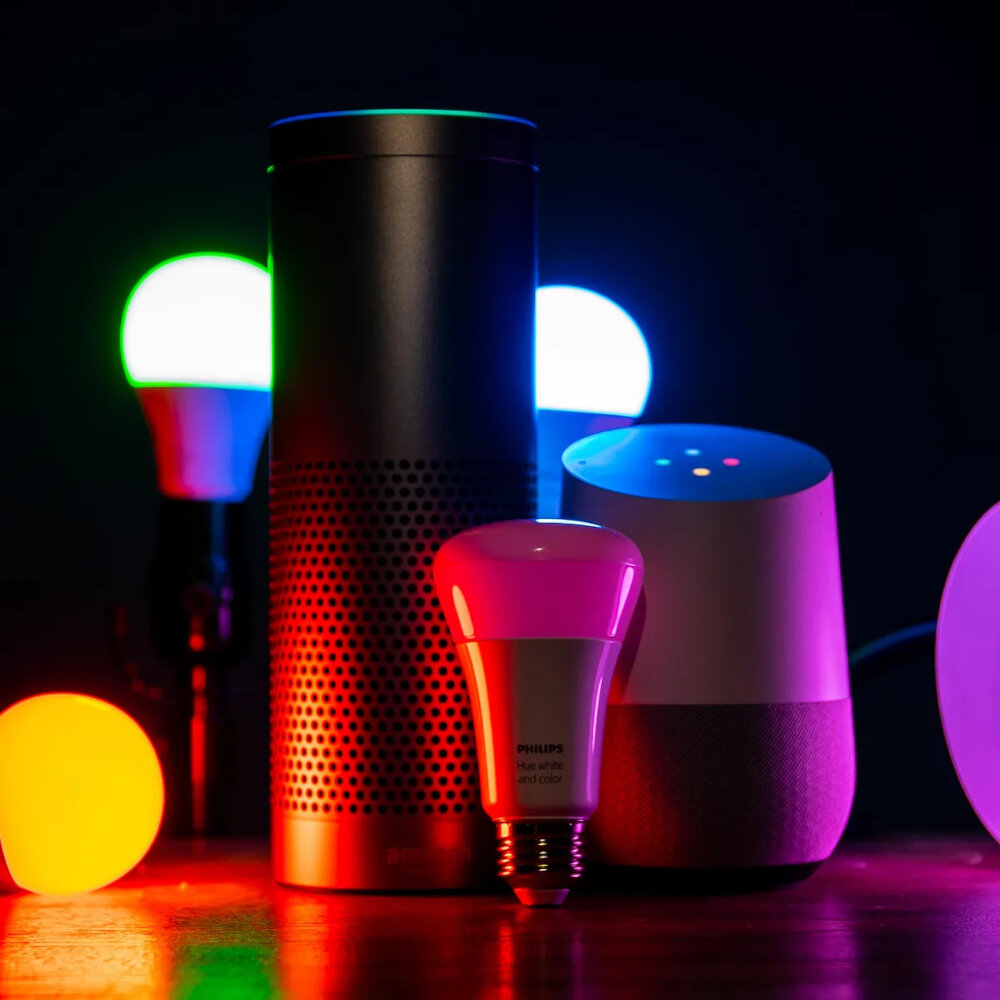
When it comes to choosing LED light bulbs for your home, there are several factors that you should consider in order to ensure that you are getting the best quality and value for your money. One of the most important factors to consider is the brightness or lumens of the bulb. LED bulbs come in a range of lumens, and the right choice will depend on the specific lighting needs of the room or space that you are looking to illuminate. It is generally a good idea to choose a bulb with a higher lumen output for larger rooms or areas that require brighter lighting, while lower lumen bulbs are better suited for smaller spaces or rooms where softer lighting is desired. Another important factor to consider when choosing LED light bulbs is the color temperature or Kelvin rating of the bulb. LED bulbs are available in a range of color temperatures, from cool white to warm white, and the right choice will depend on the desired mood and atmosphere of the room. Cool white bulbs are typically used in workspaces or areas where bright, clear lighting is necessary, while warm white bulbs are better suited for living spaces or areas where a cozy, inviting atmosphere is desired. Additionally, it is important to consider the color rendering index or CRI of the bulb, which measures the accuracy of the bulb’s color reproduction. A higher CRI rating indicates that the colors will appear more natural and vibrant under the bulb’s light.
When it comes to choosing the best LED light bulb for your home, it’s important to understand the difference between wattage and lumens. Wattage refers to the amount of energy a bulb consumes, whereas lumens measure the brightness of the light emitted. In the past, we used to rely on wattage to determine the brightness of a bulb, but with the advent of LED technology, wattage is no longer a reliable indicator. Instead, we now use lumens to determine the brightness of a bulb. Generally, the higher the lumens, the brighter the light. It’s important to keep this in mind when shopping for LED light bulbs, as you want to choose a bulb with the right amount of lumens to suit your needs.
Color temperature is an important factor to consider when choosing LED light bulbs for your home. It refers to the hue of light emitted by the bulb, which can range from warm yellow to cool blue. The color temperature is measured in Kelvin (K), with lower values indicating a warmer, more yellow light, while higher values indicate a cooler, more blue light. The ideal color temperature for your home depends on the room and its purpose. For example, warm yellow light is more suited for a bedroom or living room, while cooler blue light is better for a workspace or kitchen. It is important to consider the color temperature when selecting LED light bulbs to ensure that your home is illuminated in a way that is both functional and aesthetically pleasing.
Dimmability is an essential feature to consider when choosing LED light bulbs for your home. It allows you to adjust the brightness of your lights according to your needs, setting the mood for any occasion. Not all LED bulbs are dimmable, so it’s important to check the packaging to ensure the bulb is compatible with your dimmer switch. Dimming your lights can also save energy and extend the life of your LED bulbs by reducing the amount of electricity they consume. Whether you’re looking for a cozy ambiance or bright task lighting, dimmability is a key factor to consider when selecting the best LED light bulbs for your home.
When it comes to LED light bulbs, shape and size are important factors to consider. LED bulbs come in a variety of shapes, including traditional A19, globes, and tubes. The shape of the bulb can affect the way light is distributed throughout the room. Additionally, the size of the bulb can impact the overall appearance of the fixture. Some LED bulbs are designed to be smaller in size, making them ideal for use in compact fixtures or areas with limited space. Others are larger and more decorative, making them a great choice for statement lighting fixtures. Ultimately, the shape and size of your LED bulbs will depend on your personal style and the needs of your space.
When considering LED light bulbs, it is important to think about compatibility with your existing fixtures and dimmer switches. Not all LED bulbs are created equal, and some may not work properly with certain dimmer switches or fixtures. It is important to check the packaging or manufacturer’s website to ensure that the bulb you are considering is compatible with the specific dimmer switch or fixture you have installed. Additionally, some LED bulbs may have a limited range of dimming capabilities, so it is important to consider your desired level of control over the brightness of your lighting. Taking these factors into account can help ensure that you choose an LED bulb that will work seamlessly with your existing setup and provide the level of brightness and control that you desire.
Top LED Light Bulbs for Your Home
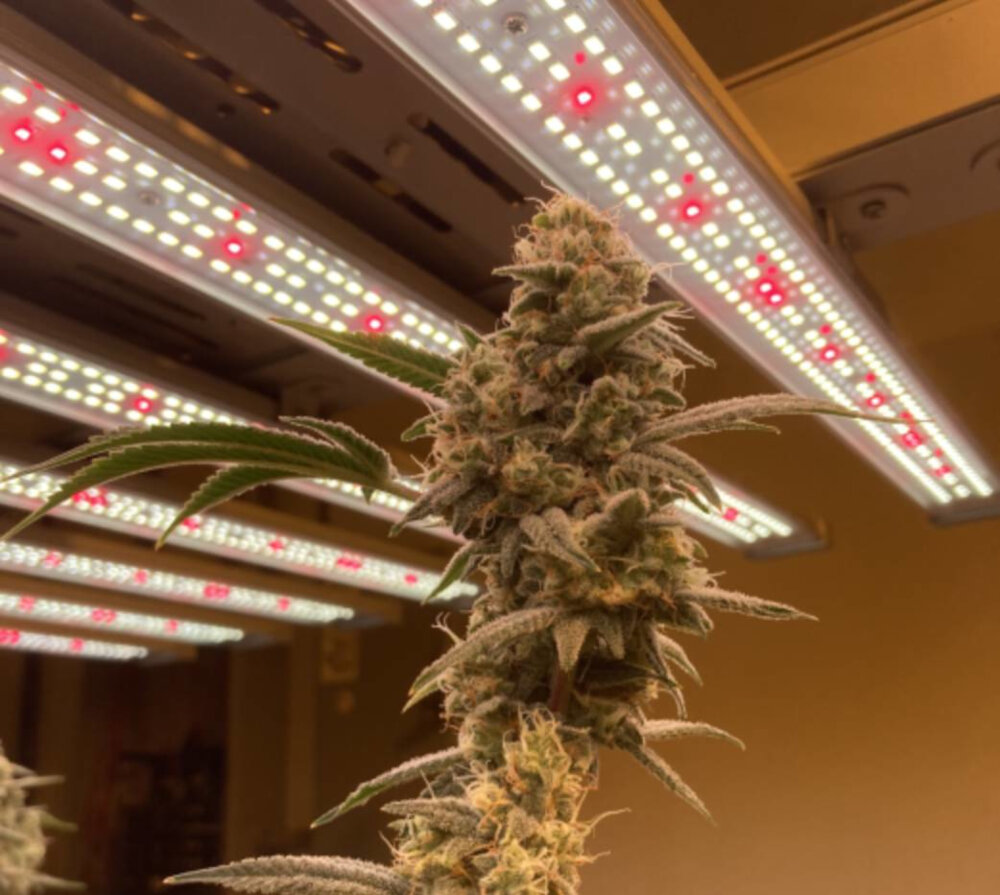
LED light bulbs are the perfect solution for people who want to save money on electricity bills and contribute to reducing their carbon footprint. LED bulbs are energy-efficient and long-lasting, making them an excellent investment for any household. In this article, we will explore the top LED light bulbs for your home. First on the list is the Philips Hue A19 LED Smart Bulb. This bulb is perfect for people who love smart technology and want to control their lighting with their voice or smartphone. The Philips Hue A19 LED Smart Bulb is compatible with Alexa, Google Assistant, and Apple HomeKit, making it easy to use with all your smart devices. The bulb can be controlled from anywhere, and you can even set up schedules and routines to suit your daily routine. The Philips Hue A19 LED Smart Bulb is also energy-efficient, with an estimated lifespan of over 25,000 hours, making it a cost-effective lighting solution for your home. Another top LED light bulb for your home is the Cree 60W LED bulb. This bulb is perfect for people who want a simple, yet effective lighting solution. The Cree 60W LED bulb is energy-efficient, using only 9.5 watts, and has an estimated lifespan of over 22 years. The bulb emits a warm, soft light that is perfect for living rooms, bedrooms, and dining rooms. The Cree 60W LED bulb is also mercury-free, making it an eco-friendly choice for your home. With its long lifespan and energy efficiency, the Cree 60W LED bulb is an excellent investment for anyone looking to save money on their electricity bills.
The Philips Hue A19 LED Smart Bulb is an excellent choice for those who want to add some ambiance and convenience to their home lighting system. Compatible with smart home systems such as Amazon Alexa and Google Assistant, this bulb can be controlled with voice commands or the Philips Hue app. It has a range of color options, from warm white to cool daylight, and can also be dimmed to create the perfect atmosphere for any occasion. Additionally, the Philips Hue A19 LED Smart Bulb has a long lifespan, up to 25,000 hours, making it a cost-effective and energy-efficient option for your home. With its versatility and ease of use, the Philips Hue A19 LED Smart Bulb is a top contender for the best LED light bulb for your home.
The Cree 60W Equivalent Soft White A19 Dimmable LED Light Bulb is a top performer in the LED light bulb market. Its ability to produce 800 lumens of soft white light with a warm color temperature of 2700K makes it an ideal replacement for traditional incandescent bulbs. The bulb is also energy-efficient, using only 9.5 watts of power, which will save you money on your electricity bill. With its dimmable feature, you can adjust the brightness to your liking, creating the perfect ambiance for any room. Additionally, the Cree 60W LED bulb has a long lifespan of up to 25,000 hours, which means you won’t have to replace it for years to come.
TCP 60W Equivalent LED Light Bulbs are a great option for those looking to upgrade their home lighting. These bulbs are energy-efficient, using up to 85% less energy than traditional incandescent bulbs. They also have a long lifespan, lasting up to 22 years based on 3 hours of use per day. With a warm, soft white color temperature of 2700K, they provide a cozy and inviting atmosphere in any room. Additionally, TCP offers a variety of shapes and sizes to fit any fixture, from standard A19 bulbs to candelabra bulbs for chandeliers. Overall, TCP 60W Equivalent LED Light Bulbs are a reliable and cost-effective choice for any home.
The Sylvania 60W Equivalent Soft White LED Light Bulb is a top-notch option for illuminating any room in your home. With its bright and warm light, this bulb provides a comfortable and inviting atmosphere. The bulb is also energy-efficient, using only 9 watts of power, which means it will help you save on your electricity bill. Additionally, this LED bulb has a long lifespan of up to 11,000 hours, making it a durable and reliable choice. The bulb is compatible with most dimmer switches, allowing you to adjust the brightness to your liking. With its sleek and modern design, the Sylvania 60W Equivalent Soft White LED Light Bulb is a versatile and stylish option for any home.
The GE Relax 60W Equivalent Soft White LED Light Bulb is an excellent choice for your home lighting needs. With its warm, soft white light, it creates a relaxing and inviting atmosphere, perfect for use in bedrooms, living rooms, and other areas where you want to feel comfortable and cozy. This bulb is energy-efficient, using only 10 watts of power to produce the same amount of light as a traditional 60-watt incandescent bulb. It is also long-lasting, with a lifespan of up to 13.7 years, which means you won’t have to replace it as often as other bulbs. Additionally, this LED bulb is dimmable, allowing you to adjust the brightness to your liking. So if you’re looking for a high-quality, energy-efficient, and long-lasting light bulb for your home, the GE Relax 60W Equivalent Soft White LED Light Bulb is an excellent choice.
When choosing LED light bulbs for your home, there are several benefits to consider. LED bulbs use significantly less energy than traditional incandescent bulbs, which can save you money on your energy bills. They also last much longer, with an average lifespan of 20,000 to 50,000 hours. Additionally, LED bulbs are more environmentally friendly, as they do not contain harmful chemicals like mercury. When selecting LED bulbs, it’s important to consider factors such as the color temperature, lumens, and wattage to ensure that you choose the right bulb for your specific lighting needs. It’s also important to consider the size and shape of the bulb to ensure that it fits properly in your light fixtures. With these factors in mind, you can choose the perfect LED bulb for your home and enjoy all the benefits it has to offer.
When it comes to selecting the best LED light bulbs for your home, there are several factors to consider. The Philips Hue A19 LED Smart Bulb is a top pick, offering a wide range of color options and compatibility with voice assistants. For a more affordable option, the Cree 60W LED Bulb provides a warm and soft white light, while the GE Relax LED Bulb is a great choice for those who prefer a more yellow-toned light. If you’re looking for a dimmable option, the LIFX A60 LED Bulb provides full control over brightness levels through a mobile app. Ultimately, the best LED light bulb for your home will depend on your personal preferences and lighting needs.
Making the switch to LED light bulbs is a decision that can benefit both your wallet and the environment. LED bulbs use up to 90% less energy than traditional incandescent bulbs, resulting in significant cost savings on your energy bill. Additionally, LED bulbs have a longer lifespan, meaning you’ll have to replace them less often. Not only will this save you money on replacement bulbs, but it also reduces the amount of waste going into landfills. LED bulbs are also free of any toxic materials, making them safer for the environment. By choosing LED bulbs, you’re making a small but impactful change that can benefit both your home and the planet.
Conclusion
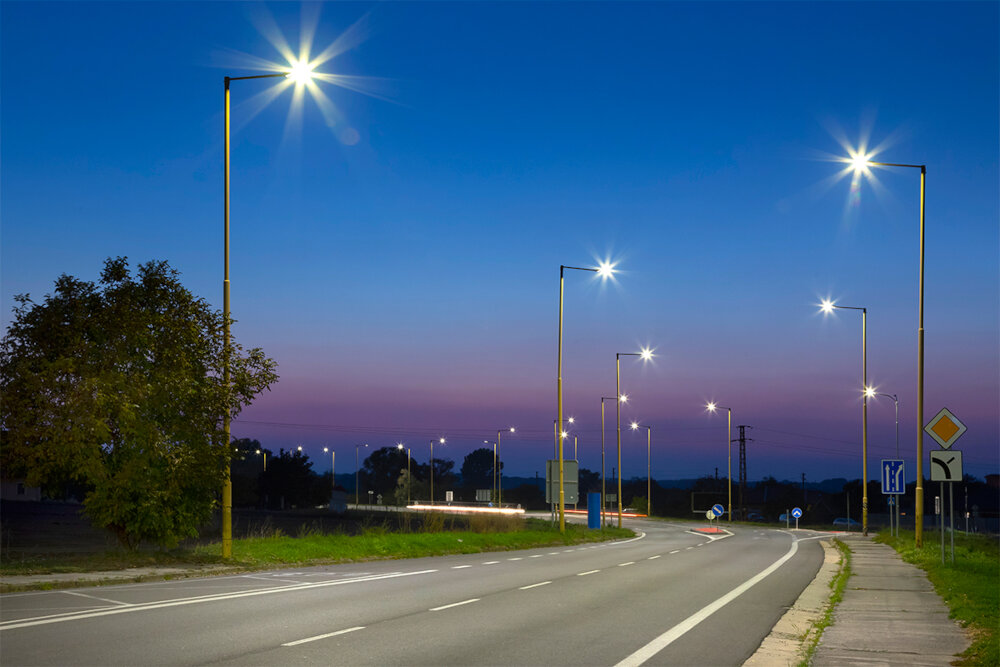
In conclusion, LED light bulbs have become increasingly popular due to their energy efficiency, longevity, and versatility in terms of color and brightness. Choosing the best LED light bulb for your home depends on your individual needs and preferences, such as the color temperature, lumens, and wattage. It is important to consider factors such as the size of the room, the desired ambiance, and the purpose of the lighting before making a decision. With a variety of options available on the market, it is important to do research and read reviews to ensure that you are making an informed decision. Ultimately, investing in LED light bulbs can not only save you money in the long run, but also contribute to a more sustainable and environmentally friendly home.



